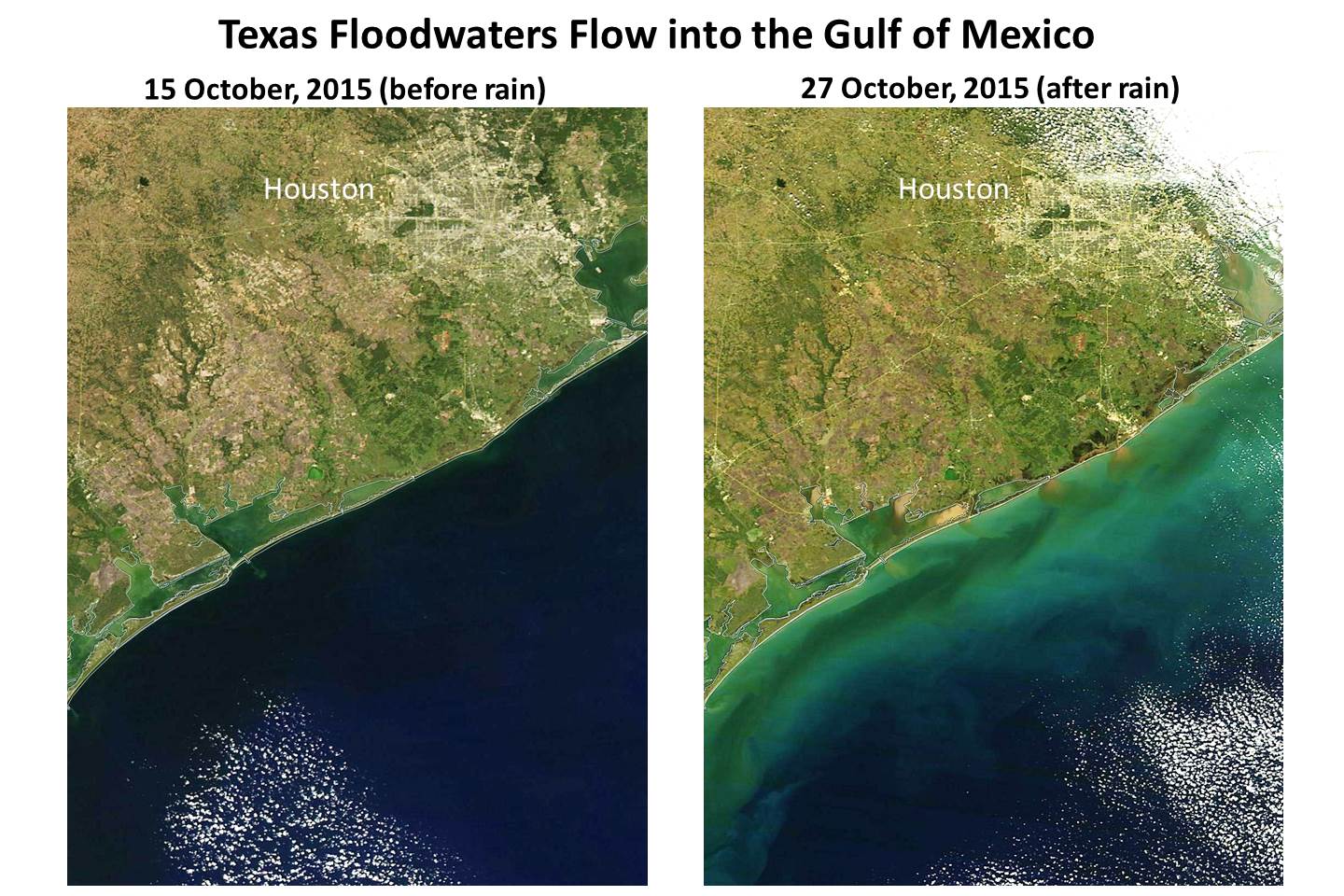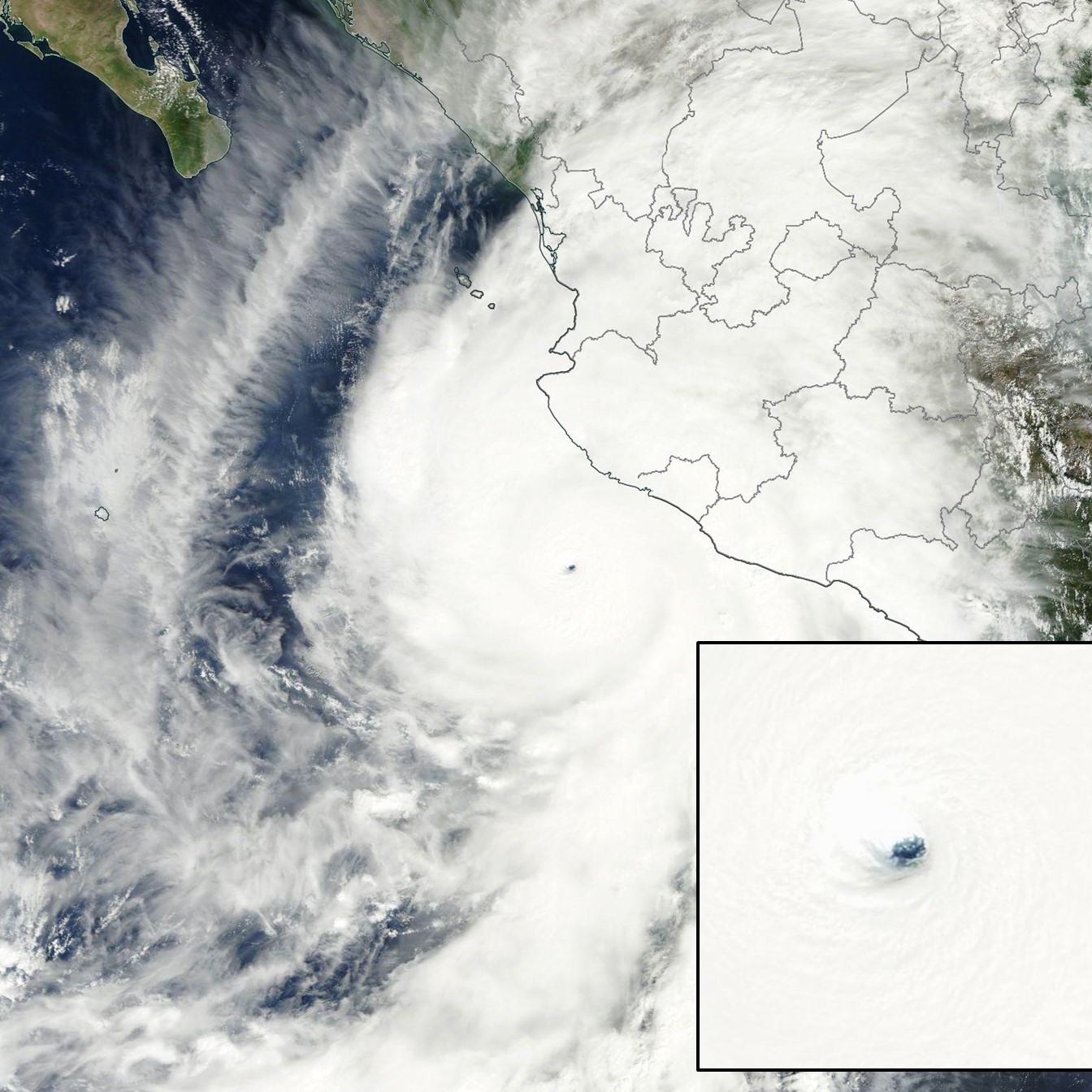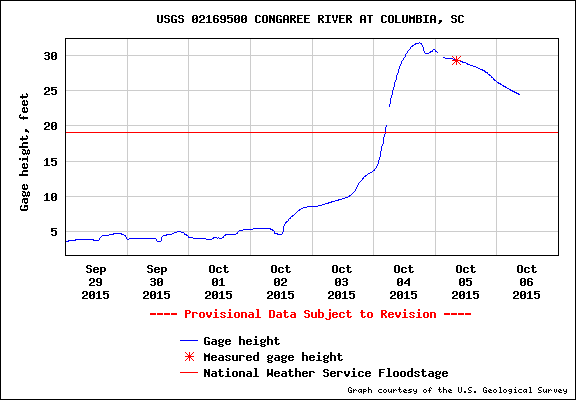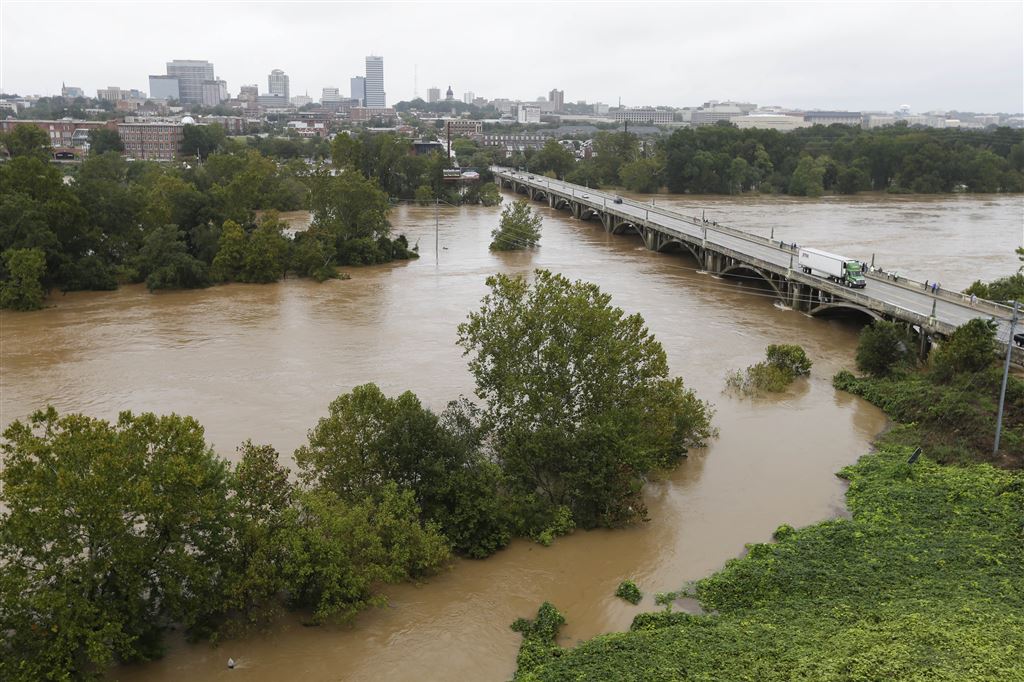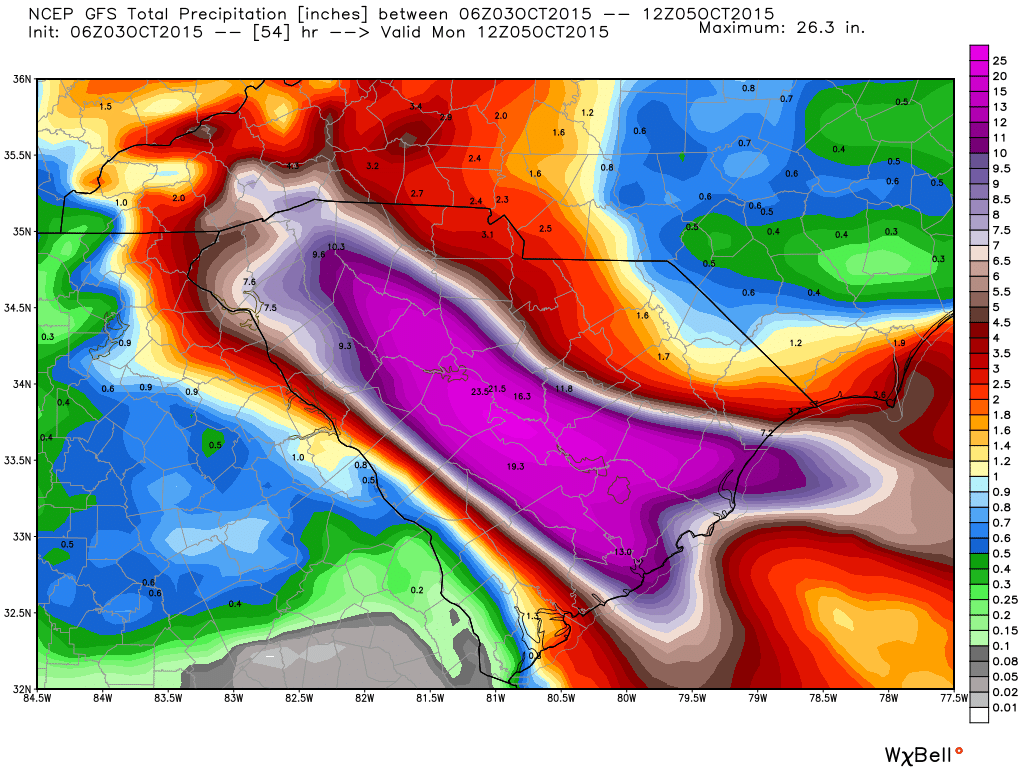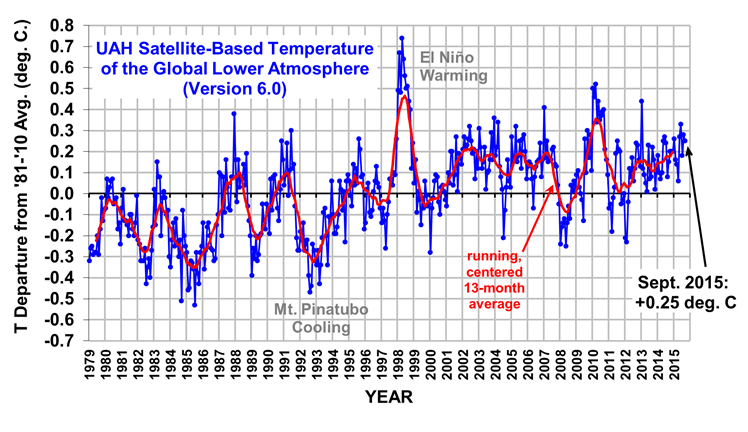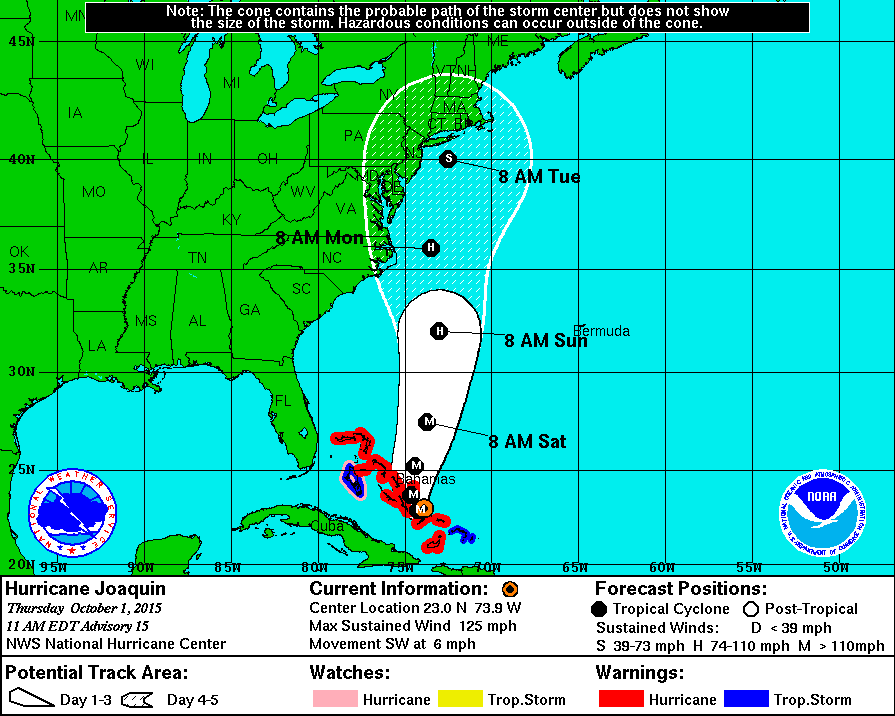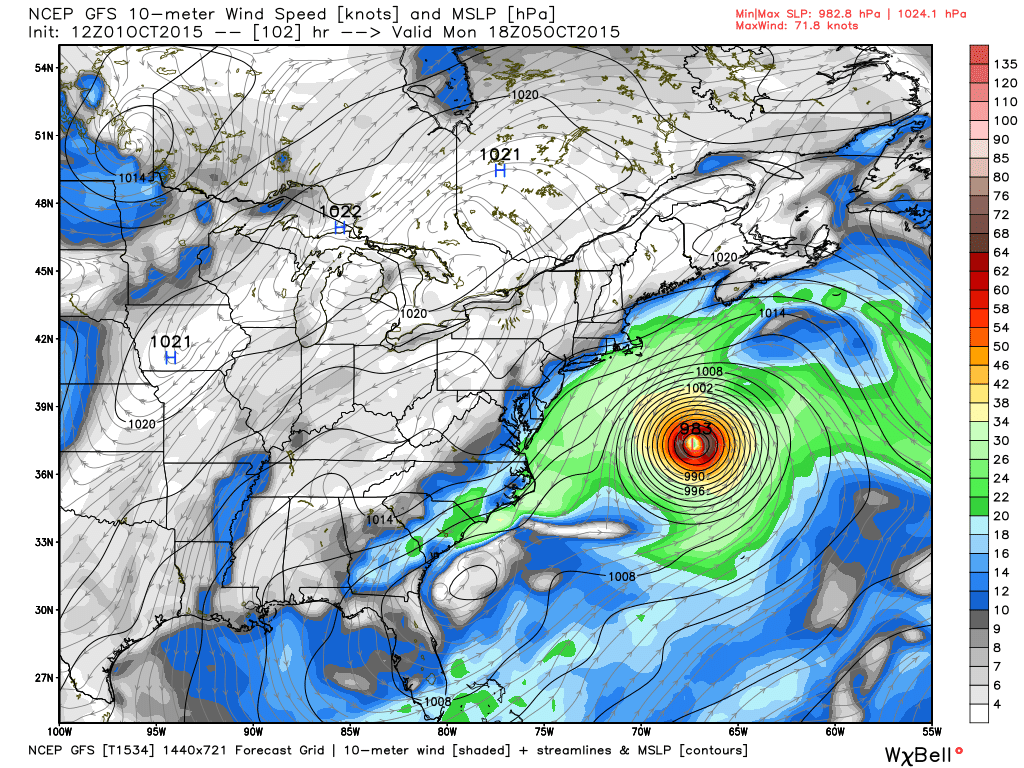 A TV meteorologist named Greg Fishel (WRAL, Raleigh, NC) posted an article yesterday on their WRAL Weathercenter Blog entitled Choose science, stewardship in understanding climate change. In the blog post Mr. Fishel claims — I hope I am not putting words in his mouth — to have finally accepted human-caused climate change, and therefore encourages other conservative Christians like himself to put aside partisanship for the good of humanity and the Earth.
A TV meteorologist named Greg Fishel (WRAL, Raleigh, NC) posted an article yesterday on their WRAL Weathercenter Blog entitled Choose science, stewardship in understanding climate change. In the blog post Mr. Fishel claims — I hope I am not putting words in his mouth — to have finally accepted human-caused climate change, and therefore encourages other conservative Christians like himself to put aside partisanship for the good of humanity and the Earth.
I actually agree with most of the science he presents, but I want to address why he is misguided in his conclusions.
Mr. Fishel got (at most) 1 in 3 correct
In order to actually do something about human-caused climate change, primarily caused by our carbon dioxide emissions from fossil fuel use, you must answer “yes” to the three following questions:
1. Do humans significantly contribute to climate change?
2. Does that human contribution have a demonstrably negative impact?
3. Can we do anything to significantly avert it with new energy technologies without causing human suffering?
Unfortunately, while Mr. Fishel spent most of his time on #1, he sort of skipped #2 and #3…or at least hasn’t spent much time researching them.
So, let’s take these three steps, one at a time.
1. Do humans significantly contribute to climate change?
I actually mostly agree with him on #1. I believe humans have caused maybe 50% of the recent warming of the oceans and the atmosphere, say since the 1950s since we have a published paper analyzing that time period. But Mr. Fishel seems to believe it was all caused by humans, since he says that “it can’t be the Sun”. Well, there are actually quite a few other possibilities, since even without humans the climate system changes all by itself. For example, a small change in ocean circulation can cause a small change in cloudiness. The recent multi-decadal period of stronger El Ninos by itself can explain about half of recent warming. Yes, the stratosphere has cooled, partly due to increasing CO2. But “weather” makes attribution of a human effect on tropospheric temperatures — where people live — much more difficult.
2. Does that human contribution have a demonstrably negative impact?
Here’s where Mr. Fishel has little to say. It has not been demonstrated that any kind of severe weather has increased because of our addition of 1 CO2 molecule to each 10,000 molecules of atmosphere over the last century. He ignores the benefits of mild warming (which likely isn’t even all our fault, and which has been demonstrably below computer model projections), as well as the benefits of more CO2 on the biosphere and agriculture (based upon satellite measurements of global greening and literally hundreds of agricultural experiments).
3. Can we do anything to significantly avert it with new energy technologies without causing human suffering?
This is where Greg Fishel appears to be the most misguided. Here’s a quote from his article:
“And on top of all of this, we hear the argument that it is economic suicide for the U.S. to act alone, and that we need the cooperation of China and India. Did you know both of those countries are leaving us in the dust when it comes to pursuing new technologies relating to energy production? Those countries see the economic opportunity and are going after it while we sit around and have politically partisan arguments.”
This simply could not be further from the truth.
In the lead-up to the Paris climate conference in December, China and India are basically thumbing their nose at the world on carbon dioxide emissions. They will continue to burn fossil fuels at an increasing rate.
There is no “magic bullet” green energy technology which can replace fossil fuels, period. Plus, wind and solar power are so expensive (and did I mention intermittent?) that to rely on them in any but isolated, special cases will hurt economies and make poverty worse, not better.
This is why green energy programs, where they have been tried, are now being abandoned as too expensive and provide too little return in energy production.
As I’ve said before, I really don’t care where our energy comes from…as long as it is inexpensive and abundant, because that’s what humanity requires. And I don’t care if the CEOs of every coal and petroleum company ends up disagreeing with me, and decide to join the ranks of the alarmists.
Since Greg Fishel invoked “Christ’s teachings”, let me do the same.
How can we provide for widows and orphans if we can’t even provide for ourselves?
Until new energy technologies are eventually developed — (the U.S. does not sit on our hands in alternative energy research) — the most moral thing we can do for humanity is to use fossil fuels.
(A good place to start for Christians who want to learn more about our options from a biblical world view is the Cornwall Alliance.)

 Home/Blog
Home/Blog